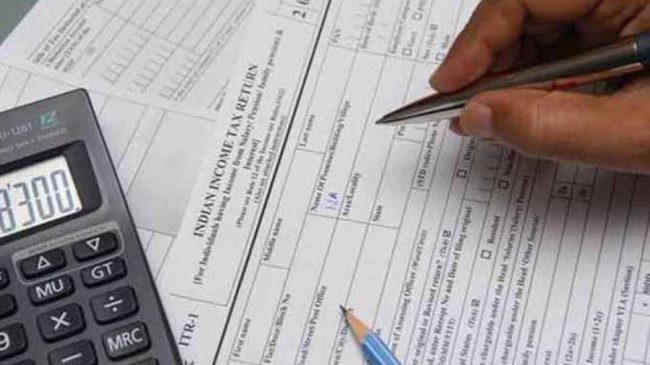Filing your Income Tax Return (ITR) is an important yearly task for Indian citizens. The process can be a bit overwhelming, especially when it comes to choosing the right ITR form. Let’s break down ITR-1 (Sahaj), the most commonly used form, and understand who should file it and how.
Read More: Filing ITR? Check New & Old Regime Income Tax Slabs, Rates For Individuals And Seniors
Who Need To File ITR-1?
ITR-1 is a simplified one-page form designed for individuals with an annual income of up to Rs 50 lakh, who are residents but not ordinarily residents (ROR). This includes income from various sources such as salary, pension, one house property (excluding losses carried forward), and other sources (excluding winnings from lotteries and racehorses). In cases of clubbed Income Tax Returns, involving a spouse or a minor, it’s applicable only if their income fits within the specified limits.
Read More: NRAI Seeks Restoration Of Input Tax Credit, Higher GST Rate Of 12%
Step-By-Step Guide To File ITR-1 (SAHAJ) Online
Step 1: Visit the Income Tax e-filing portal.
Step 2: Register or log in to your account.
Step 3: Navigate to e-file > Income Tax Returns > File Income Tax Return.
Step 4: Select the Assessment Year (AY) as 2023-24 and the filing mode as ‘Online.’
Step 5: Click on ‘Start New Filing.’
Step 6: Choose your applicable status.
Step 7: Select ITR-1 as the form type.
Step 8: Click on ‘Let’s Get Started.’
Step 9: Choose the appropriate reason and ‘continue.’
Step 10: Fill up five sections:
– Personal Information: Provide basic details such as full name, PAN, Aadhar number, contact information, and bank account details.
– Gross Total Income: Enter and verify income from all sources and details of exempt income.
– Total Deductions: Claim deductions under relevant sections like 80C, 80D, 80TTA, etc.
– Tax Paid: Display tax payments made from various sources, including TDS, TCS, Advance Tax, and Self-Assessment Tax.
– Total Tax Liability: Check the computed tax liability based on the information provided in the previous sections.
Step 11: Double-check the summary of tax computation for accuracy.
Step 12: Rectify errors, if any, and complete the validation.
Step 13: E-verify the ITR.
Note: Before delving into the filing process, note that the income tax department requires all taxpayers to link their Aadhaar card with their PAN on the income tax department website.





































